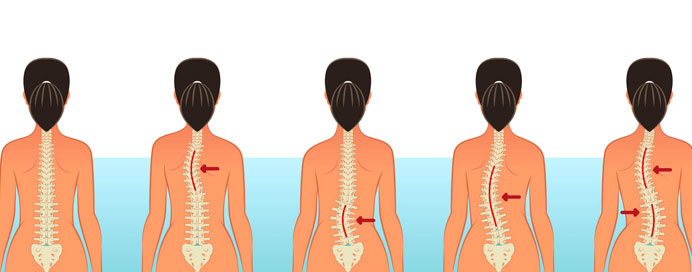Services / Dr. Ravi Bhanushali

Scoliosis is a sideways curvature of the spine that typically occurs during growth spurts before puberty. It can affect people of all ages, but most often develops during adolescence. Scoliosis can be classified as either structural (fixed curvature) or non-structural (temporary curvature).
Causes:
Symptoms:
Diagnosis:
